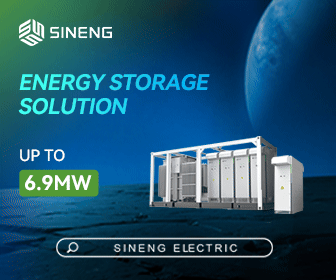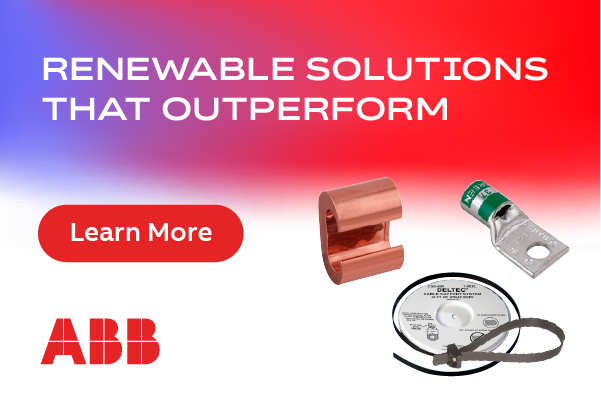Fall Maintenance for Battery-Based Off-Grid Systems
For several decades, battery-based PV systems have provided reliable and affordable alternative energy storage solutions for residential and commercial use - in remote locations as well as developing countries. Exposure, and the incentive of lowering or eliminating rising utility costs, has driven the popularity of these systems for homeowners worldwide. Now, many year-round and seasonal property owners install battery-based renewable energy solutions.
Renewable Energy is now one of the fastest growing industries in Canada and the United States, with thousands of new jobs created annually in manufacturing and distribution of system components, as well as PV installation. Access to experienced, reputable system installers and affordable components has made the decision easier for homeowners seeking a long-term solution to save on utility costs by living an off-grid lifestyle while cutting down on their environmental impact.
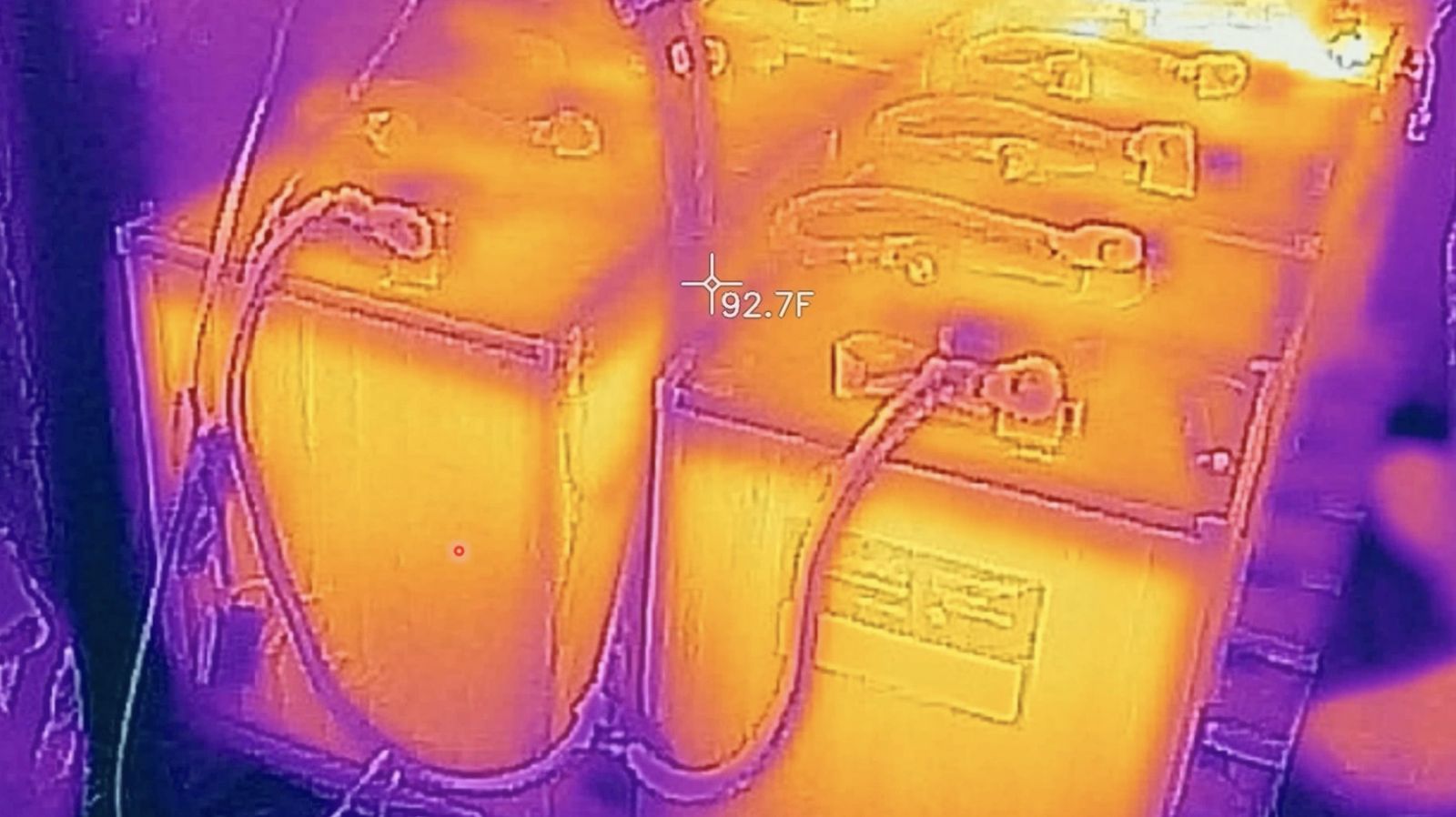 Deep cycle lead-acid batteries continue to be the most affordable option for residential energy storage. When properly sized, charged, and maintained, traditional flooded deep-cycle batteries offer the best value for homeowners. Upfront cost and product life span are two main reasons a flooded lead-acid deep cycle battery may be chosen over other technologies. Additionally, lead-acid batteries are almost fully recyclable when they've reached end of life and are ready for replacement. Deep cycle lead-acid batteries are the most recycled consumer product in the world, boasting a 99.3 percent recycle rate in North America.
Deep cycle lead-acid batteries continue to be the most affordable option for residential energy storage. When properly sized, charged, and maintained, traditional flooded deep-cycle batteries offer the best value for homeowners. Upfront cost and product life span are two main reasons a flooded lead-acid deep cycle battery may be chosen over other technologies. Additionally, lead-acid batteries are almost fully recyclable when they've reached end of life and are ready for replacement. Deep cycle lead-acid batteries are the most recycled consumer product in the world, boasting a 99.3 percent recycle rate in North America.
Battery-based PV systems must be properly sized to meet the specific requirements of the home; energy usage, climate, and weather all play a factor in operating efficiency.
All systems, whether traditional flooded or sealed AGM deep cycle batteries, require ongoing maintenance and care. System adjustments may be necessary as seasons change. Ensuring that proper charge time and voltages are used - as well as general maintenance such as cleaning and watering (flooded models) - is necessary to maintain the life of your investment. These steps are generally carried out by a professional PV Installer as part of an annual maintenance service, but may also be performed by the homeowner.
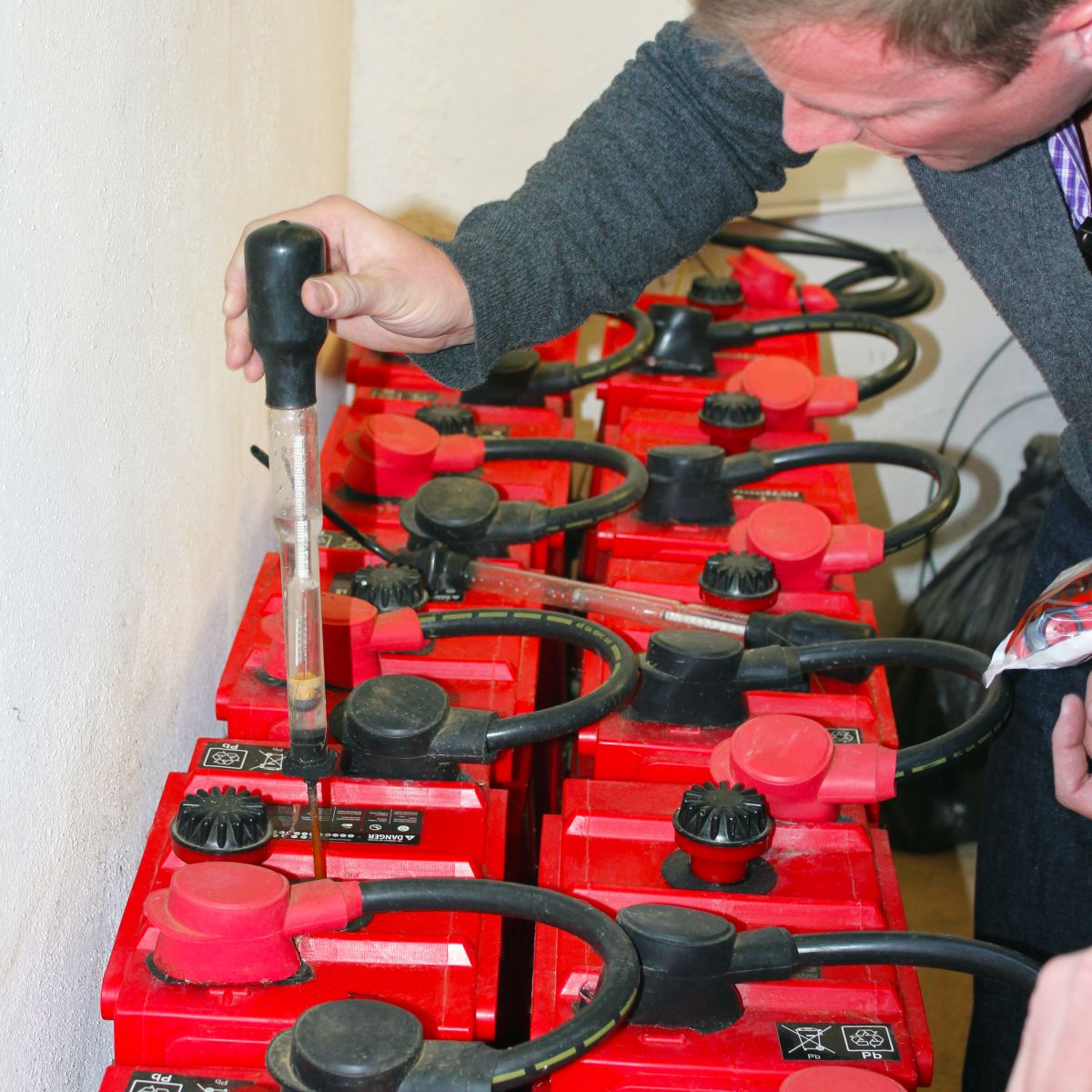
Testing specific gravity with a hydrometer or refractometer is the most accurate method to confirm state of charge and health of flooded deep cycle lead-acid batteries. Perform these tests regularly to identity and address charge imbalance, sulfation buildup, and capacity loss.
Fall Checklist for Full-Time & Seasonal Off-Grid Systems:
- Inspect all batteries for leaks or damage, including swollen or cracked cases, damaged terminals, and/or cable connections.
- Properly torque all terminal connections to the manufacturer's specifications. Connections often loosen over time as the batteries heat and cool during charging. Loose terminal connections increase the change of spark or arching, which is a potential fire hazard.
- Disconnect, clean (remove dirt and corrosion), grease, and re-torque each terminal connection 1-2 times annually.
- Test individual battery voltage.
- Add distilled water to cells (flooded) as necessary.
- Test specific gravity in each cell (flooded models) while resting at Float voltage to confirm charge balance.
- Ensure the battery temperature sensor is properly mounted to allow correct charge voltage adjustments
- Follow the manufacturer's recommended charging parameters to adjust charge voltage and times, in order to compensate for shortened daylight hours or changes in system usage during off-season.
- Perform a controlled overcharge (corrective equalization) to help balance charge across the battery bank, prevent prolonged sulfation build-up, and lessen any capacity loss.
- Seasonal Properties:
- Fully charge and disconnect the battery bank from the system while not in use. Deep cycle batteries will naturally self-discharge, and should be recharged regularly (every 90 days or less) to prevent heavy discharge and/or freezing in cold temperatures. Rate of self-discharge will depend on ambient temperatures.
or
- Maintenance the battery bank on Float charge, disconnecting all loads, to hold the battery bank at full charge while not in use. To prevent heavy discharge, the charge source (ex: solar) must be kept clear, operational, and unhindered by snow or ice buildup.
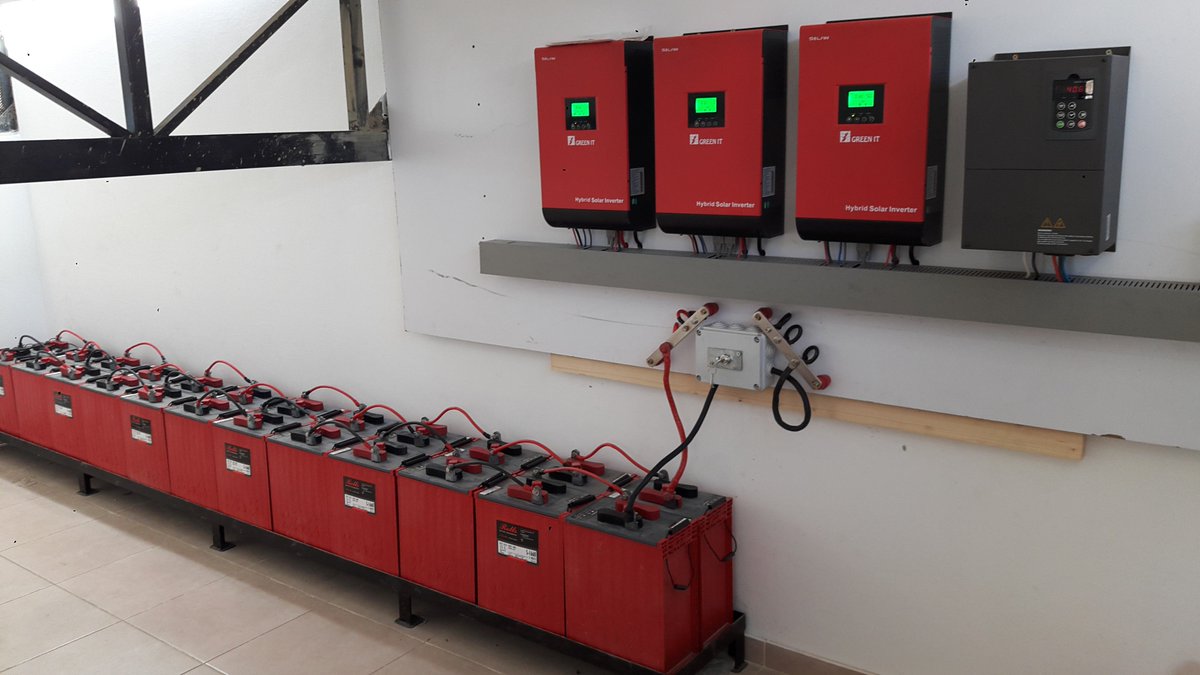
In cooler climates, it should be noted that partially discharged deep cycle lead-acid batteries (flooded or sealed) may freeze in very cold temperatures. To prevent this, the batteries should be fully charged and disconnected from any loads, or remain connected to an active charge source to maintain a full resting float charge when not in use.
*caution: If the battery case appears swollen or cracked, do not attempt to charge the battery as this may be a sign of freezing or excessive overcharge. Never attempt to charge a frozen battery.
It is important to follow the specific charge voltages, charge times, and care outlined for the chosen battery make and model. Refer to the battery manufacturer for installation, operating, and maintenance instructions, as well as warranty terms and conditions.
Jeff Myles is Marketing Manager at Rolls Battery Engineering. The exclusive manufacturer of Rolls batteries is the Surrette Battery Company Ltd. Established in 1935, Surrette produces a wide range of deep cycle batteries for use in Renewable Energy, Marine, Motive Power, and Railroad applications.
Rolls Battery Engineering | www.rollsbattery.com
Author: Jeff Myles
Volume: 2019 November/December








